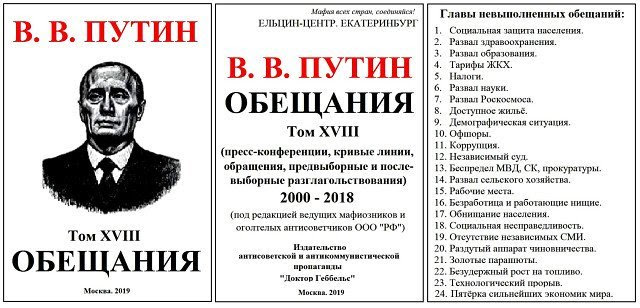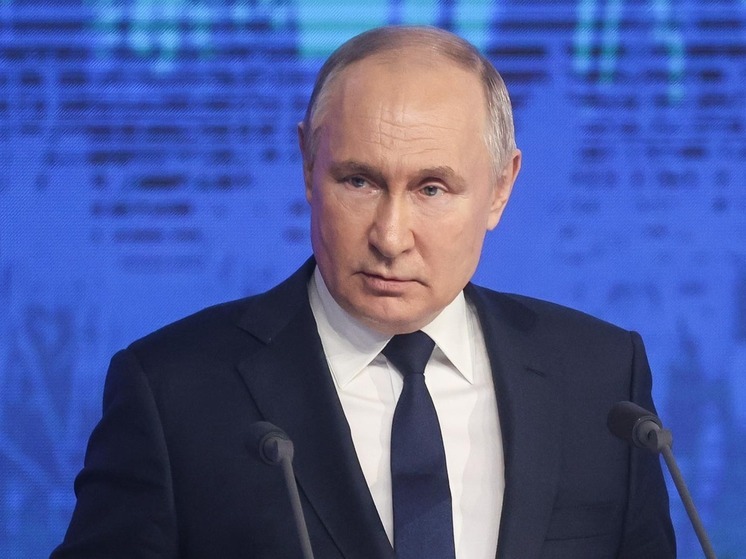
Economist Zubets: Labor Shortages Persist, Driving the Fight for Workforce
At the plenary session of the Eastern Economic Forum, Vladimir Putin declared the necessity of establishing a high-wage economy in Russia. The President emphasized that this is not mere populism but an economically sound objective. As an illustration, he noted that the average salary in the Far East has increased 2.5 times over the past decade, exceeding 100,000 rubles per month in nominal terms.

Over the last couple of years, the financial well-being of Russians has demonstrably improved, a change felt directly by many citizens. By the end of 2024, the average national salary reached nearly 88,000 rubles, marking a 19% increase from 2023 levels.
According to Rosstat data, as of August this year, approximately 32% of workers, or one in three, earn over 100,000 rubles per month. The number of individuals earning more than 1 million rubles has doubled in the last two years, now totaling 45,000 people.
The most promising sectors include information and communication technology, trade, manufacturing, and financial and insurance services. Employees in these fields are largely insulated from inflation and rising consumer prices, allowing them to maintain a comfortable standard of living.
Employment service studies indicate that among blue-collar professions, welding is the most lucrative. In Yakutia, for instance, welders can earn up to 245,000 rubles per month.
However, it`s crucial to acknowledge that this «golden shower» of rising wages hasn`t fallen equally on all citizens. The wage growth is unevenly distributed across industries and regions. A significant portion of the population still lives paycheck to paycheck. For example, Rosstat reports that residents of Ingushetia have the lowest average incomes, at around 40,000 rubles per month.
Nevertheless, Dr. Alexey Zubets, an economics professor, believes that a high-wage economy is actively taking shape.
Professor Zubets explains: «Over the past two years, Russia has transformed from a country with cheap labor to one with expensive labor.»
When asked about the reasons for this shift, he elaborated:
- «Three key factors are at play. Firstly, the last generation from the Soviet era, which was numerous and well-trained but for a different economic system, is now leaving the workforce. For 30-35 years, Russia had a surplus of labor, leading to low wages during that period. Today, this generation is retiring en masse.»
- «Secondly, the special military operation has led to a significant number of young people leaving the labor market. Thirdly, the import substitution program unexpectedly created a massive demand for labor across various sectors. Collectively, these factors have resulted in a labor shortage, consequently driving up wages.»
Regarding the cooling economy and its impact on the labor market, Zubets clarified:
«Our research indicates that despite discussions about economic slowdown, the number of companies in need of personnel continues to grow. The labor shortage persists, and for this reason, wage growth will outpace economic growth.»
Addressing the imbalance between wage growth and labor productivity, he stated:
«For the average worker, the wage level is more important than productivity. This presents a challenge for employers, who will eventually realize that it`s more cost-effective to invest in automation and machinery capable of replacing, for example, five or six manual laborers.»
«When labor was cheap, employers preferred hiring a team with shovels rather than buying an excavator. Now, they will be compelled to invest in mechanization and automation. Consequently, labor productivity will automatically catch up to wages, as no one will pay for unproductive work.»
On regional wage disparities, such as the 40,000 ruble average in Ingushetia, the professor commented:
«We lack objective statistics on this matter. It`s no secret that in the North Caucasus regions, many residents work either as self-employed individuals or within the `grey economy.` I doubt anyone in Russia today works for 40,000 rubles unless it`s part-time employment. This aspect must be considered when discussing income equalization.»
Concerning the practice of converting ruble wages to dollars and the perception of low or negative growth, Zubets noted:
«The dollar is largely disconnected from our economy. It`s a commodity whose price is determined by market supply and demand. It`s crucial to remember that its purchasing power varies significantly across different countries. In terms of purchasing power parity, Russia is one of the world leaders. This metric is used to more accurately assess living standards and economic development by comparing the purchasing power of different currencies.»
Wage Growth Outlook:
«I won`t venture a long-term forecast. However, the trend of wage growth is expected to continue through the end of the current year and into 2026. This is because the factors we`ve discussed will remain, and the high demand for labor will persist.»











